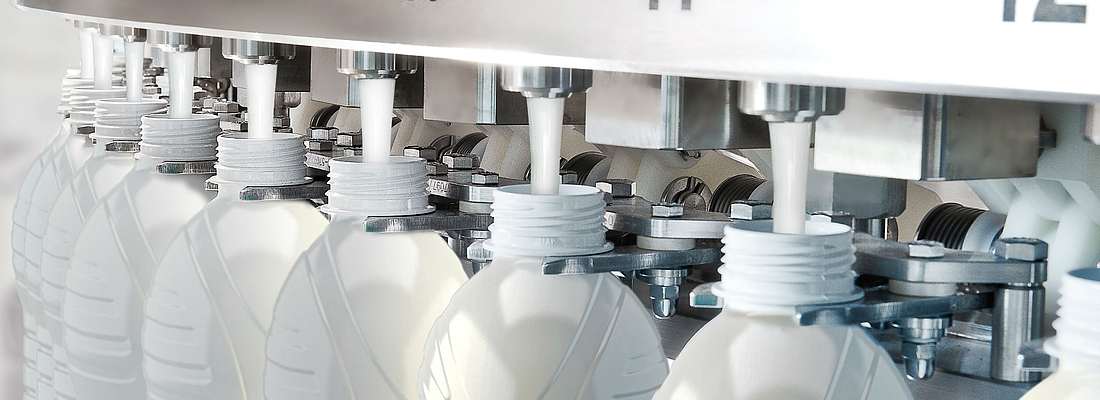Extended Shelf Life (ESL) milk has been a part of everyone’s lives for some years. It means that milk lasts longer on the supermarket shelves and in the fridge at home, reducing waste and increasing convenience for consumers. Here, Marco Bruno, GEA’s Senior Product Manager for Blow Filling and Packaging, explains the essential requirements of bottling technology for this staple food.
Ordinary pasteurized milk, the kind that most of us grew up with as children, has a supermarket shelf life of around seven days as long as it is bottled and maintained within the cold chain at less than 4°C.
ESL milk, by contrast, can have a shelf life of up to 30 days under similar conditions making it a much more flexible product for retailers and more convenient for the consumer.
ESL milk is created by extracting bacteria from the milk before it is bottled. This is typically achieved by microfiltration, ultra-pasteurization or centrifugal separation. Fewer bacteria in the product mean less chance for bacteria to grow and so the shelf life is extended.
However, having removed the bacteria it is essential that every precaution possible is taken to make sure it is not re-introduced during the bottling process. To achieve this, at GEA, we decontaminate the bottles and caps using H2O2 vapor. When the bottle arrives in the filling bloc hot H2O2 is sprayed inside the cold bottle where the vapor condenses. Hot air is then flash injected into the bottle which activates the H2O2 then forces out the residual chemical making the bottle decontaminated and ready to accept the product. The same process decontaminates the caps.
At GEA we use a microbiological isolator in the filling area of our Whitebloc filling system in a similar way that we would during aseptic filling. This contains the filling process within a small area that is filled with sterile air at an over pressure of around 10 pascals. This prevents any opportunity for the milk to be contaminated as it is exposed to the air as it is transferred, without contact, from the filler to the bottle. The microbiological isolator allows users of the Whitebloc filler to benefit from our experience in aseptic filling and so help to prevent cross contamination that would otherwise affect the shelf life of the product.
After approximately 48 hours of continuous use it is necessary to clean the filler bloc. This is done with CIP (Clean in Place) and SIP (Sterilize in Place) using steam rather than high pressure hot water. Using high-pressure hot water can, over time, damage components within the filler leading to increased maintenance costs. The micro isolator area is cleaned separately using a sterilizing foam treatment. The whole process takes around two hours.
Used in this way the GEA White Bloc technology can fill bottles at a rate of between 6,000 – 28,000 bottles an hour in size ranges from 100ml to 2 liters. This makes it a very flexible machine capable of meeting most manufacturers’ requirements.
The success of the ESL process is determined by the efficiency with which bacteria is removed from the milk during processing and the ability of the bottling plant to package the product for retail without re-introducing bacteria. By proving our engineering know-how, at GEA, we make it possible to ensure the long shelf life both retailers and consumers demand.
www.gea.com





